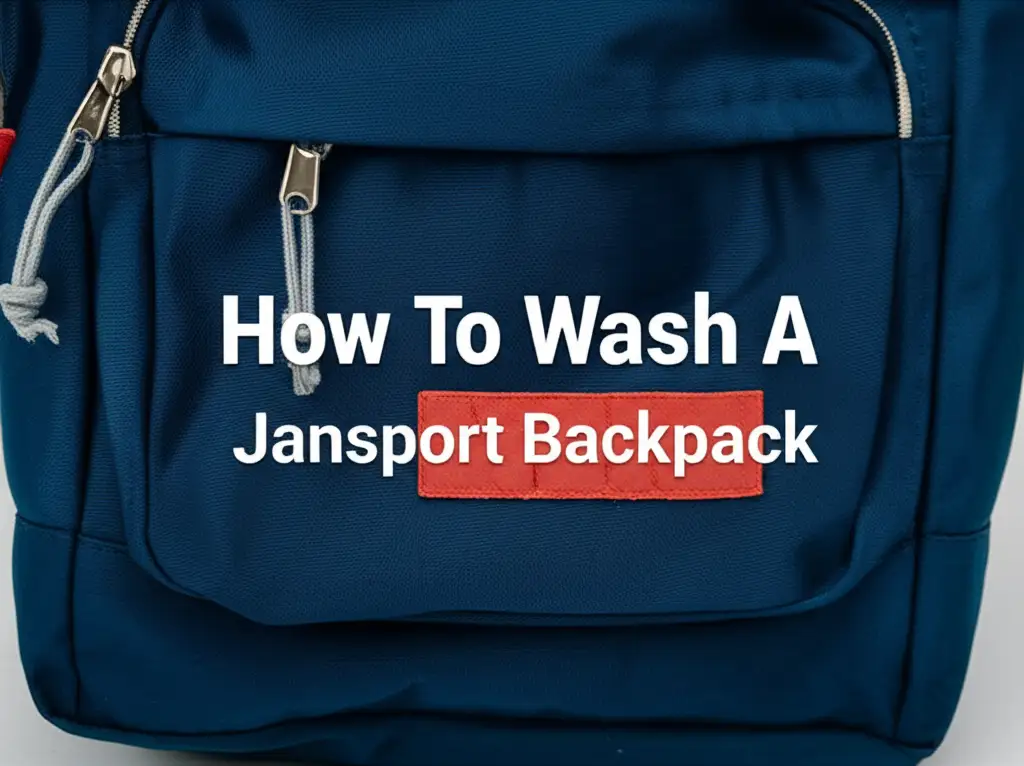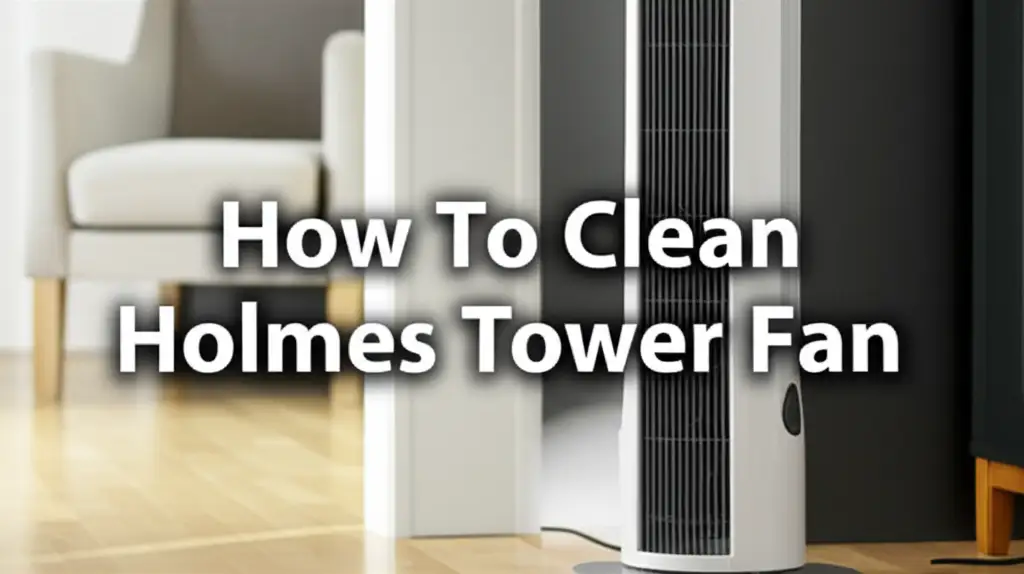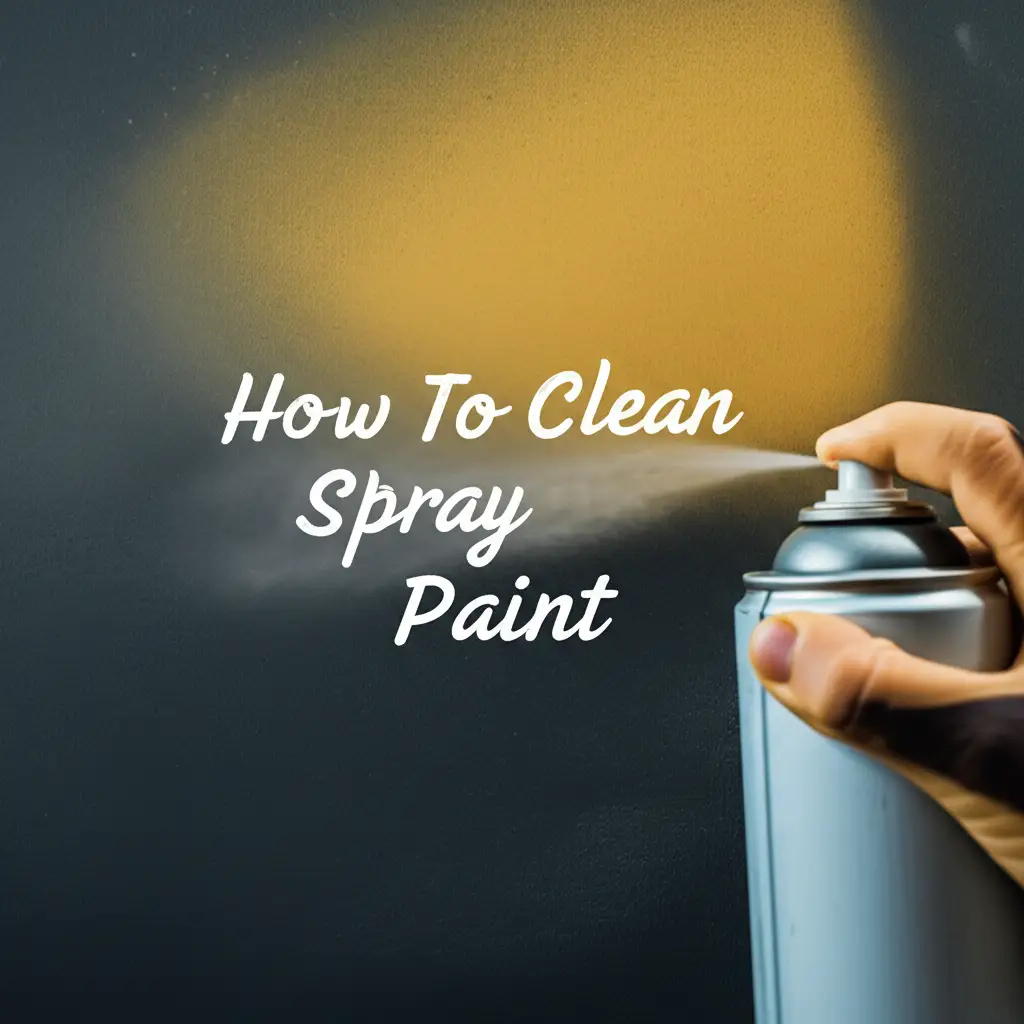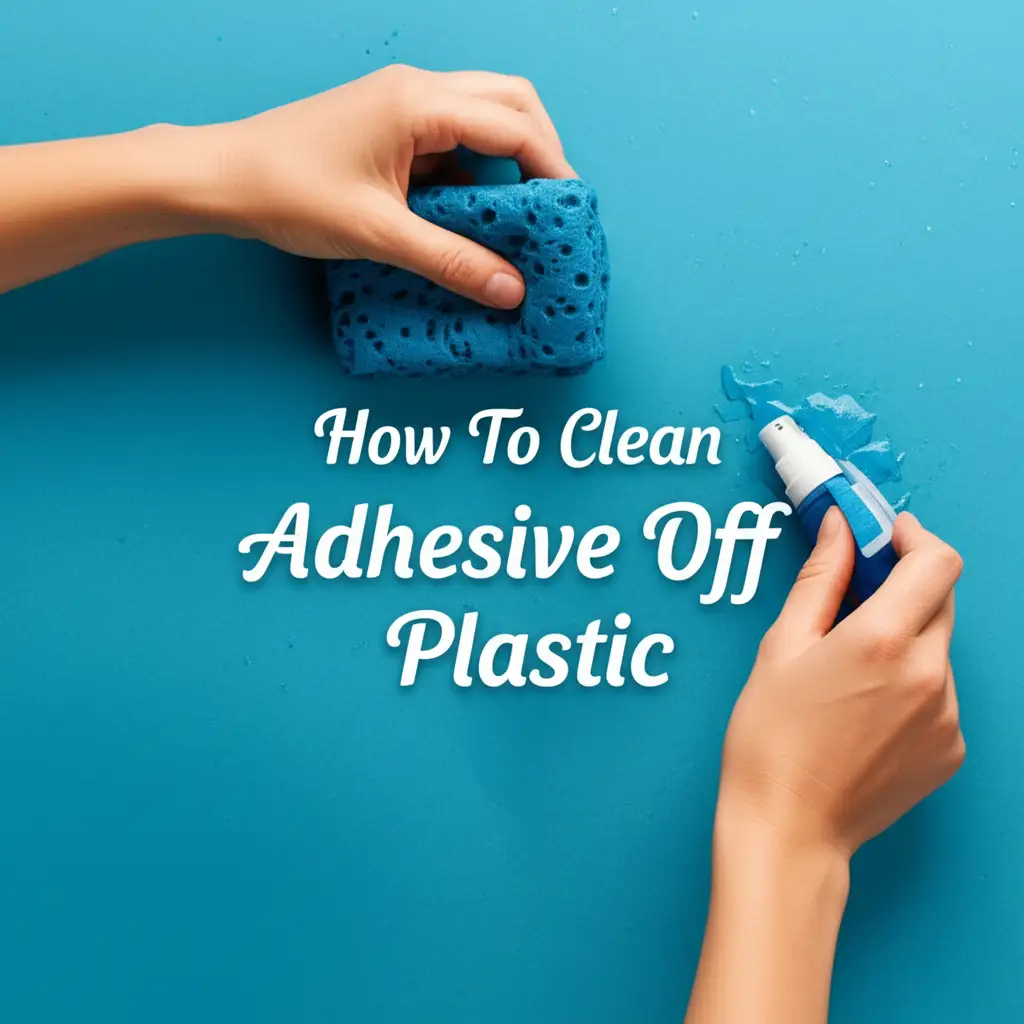· Cleaning Guides · 17 min read
How To Clean Glue Residue
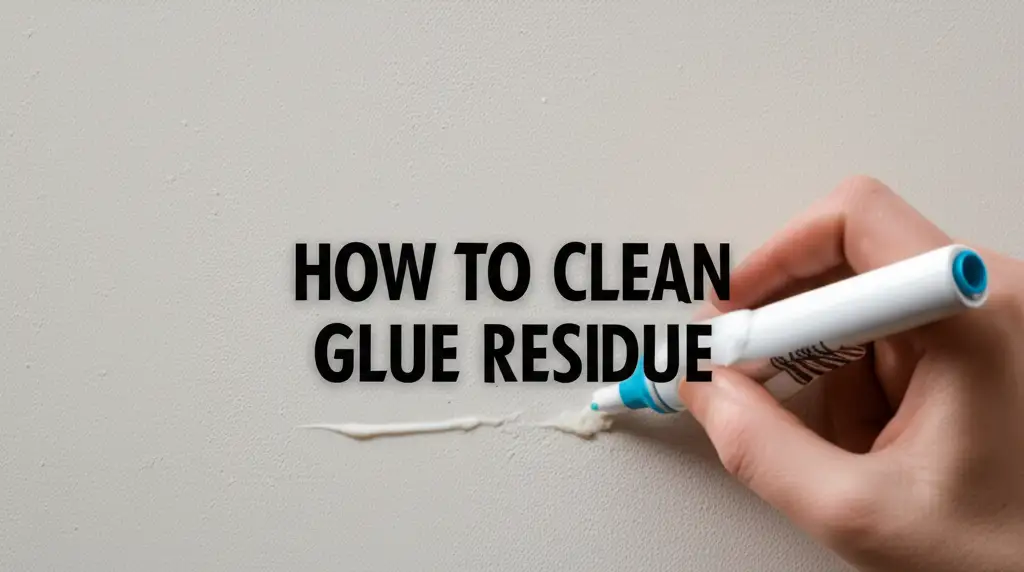
Mastering Glue Residue Removal: A Complete Guide
Glue residue can be a real hassle. It leaves sticky spots on surfaces, attracts dirt, and looks unsightly. Whether it is leftover adhesive from a sticker or an accidental spill, getting rid of glue residue feels like a common cleaning challenge. I know this problem well from my own experiences.
This guide will teach you how to clean glue residue effectively from various materials. We will explore different glue types, essential cleaning tools, and safe removal methods. You will learn specific techniques for hard surfaces, delicate materials, and stubborn adhesives like super glue. My goal is to help you restore your surfaces to a clean, smooth finish.
Takeaway:
- Identify the type of glue and surface before cleaning.
- Always test cleaning solutions on a hidden spot first.
- Use gentle methods for delicate surfaces to avoid damage.
- Apply appropriate solvents and tools for efficient residue removal.
- Wipe away residue immediately for best results.
To clean glue residue, you need the right approach for the specific type of glue and the surface it is on. Common household items like rubbing alcohol, vinegar, or oil often work wonders. For tougher residues, specialized removers or gentle scraping may be necessary.
Understanding Glue Residue: Types and Properties
Glue comes in many forms, and each type has different properties. Knowing your glue helps you choose the best cleaning method. Some glues are water-soluble, while others require strong solvents. Identifying the adhesive is the first step in effective glue residue cleaning.
Super glue, for example, dries quickly and forms a very strong bond. Sticker and tape residues often leave a gummy, less aggressive adhesive behind. Craft glues are usually milder and easier to remove. Understanding these differences makes your cleaning job much simpler.
Super Glue and Its Stubbornness
Super glue, also known as cyanoacrylate adhesive, cures quickly upon contact with moisture. This creates a very strong, instant bond. It is incredibly effective for repairs, but its strength makes it difficult to remove when spilled. My experience shows that dried super glue forms a hard, clear, or slightly opaque spot. This type of residue does not dissolve easily with water.
Removing super glue residue requires specific solvents or careful physical removal. Acetone is a common solvent for super glue. However, acetone can damage some surfaces, so always test it first. Patience and caution are key when dealing with these stubborn spots.
Sticker and Tape Residue: A Common Nuisance
Sticker and tape residues are among the most common types of glue messes. These adhesives are designed to be sticky but also removable, though they often leave a gummy film. You find them on new products, old labels, or from worn-out tape. This residue collects dust and dirt, making surfaces look dirty.
These residues are generally less aggressive than super glue. They usually respond well to oil-based products, rubbing alcohol, or even just gentle scrubbing. I often find them on glass, plastic, or metal items. Cleaning them properly restores the surface’s appearance and feel. You can find more specific tips for cleaning off sticker residue and cleaning duct tape residue.
Craft Glues and Mild Adhesives
Craft glues, like school glue or fabric glue, are often water-based. They are designed for ease of use and cleanup, especially for children’s projects. These glues are typically non-toxic and dry slower than super glue. When wet, they wipe away easily with a damp cloth.
Even when dry, mild adhesives are usually simple to remove. Warm water and a little soap often do the trick. You might need a soft brush or sponge for slightly more stubborn spots. These glues are the least challenging type to clean up.
Heavy-Duty Adhesives
Heavy-duty adhesives include construction adhesives, spray adhesives, or carpet glues. These are designed for strength and durability. They bond very strongly to surfaces and are meant to be permanent. Removing their residue is a much bigger task.
You often need specific chemical removers designed for these industrial-strength glues. Ventilation is important when using such products. Physical removal methods like scraping or grinding may also be necessary. Always check the adhesive’s instructions for removal advice.
Essential Tools and Safe Solvents for Effective Removal
Having the right tools and solvents makes glue residue removal much easier. You do not always need harsh chemicals. Many household items work surprisingly well. Always gather your supplies before you start cleaning.
Safety is important when using any cleaning product, especially solvents. Ensure good ventilation and wear protective gloves if needed. Testing a small, hidden area first is always a smart step. This prevents accidental damage to your surface.
Household Staples
Many everyday items can help clean glue residue. Rubbing alcohol, also known as isopropyl alcohol, is a fantastic general-purpose solvent. It works well on many types of sticky residues without being too harsh. I always keep a bottle in my cleaning caddy.
White vinegar is another versatile cleaner. Its mild acidity can break down some adhesives. Oils, like olive oil, coconut oil, or even peanut butter, can help loosen sticky residues. They work by lubricating the glue, making it easier to wipe away. For glass, I often reach for rubbing alcohol to clean sticker residue off glass.
Commercial Solvents and Specialty Cleaners
For tougher glue residues, commercial solvents might be necessary. Acetone, found in many nail polish removers, effectively dissolves super glue. Mineral spirits or paint thinner can also tackle certain adhesives. Always check the label for specific uses and safety warnings.
Specialty adhesive removers are formulated for stubborn glues. Goo Gone is a popular brand known for removing sticky messes. These products often contain citrus-based solvents, which are powerful yet safer than harsher chemicals. Read the product instructions carefully before use.
Safe Scraping Tools
Sometimes, physical removal is needed alongside chemical treatment. However, you must use safe scraping tools to avoid scratching your surfaces. A plastic scraper or an old credit card works well for soft or delicate materials. They apply pressure without causing damage.
For very hard surfaces like glass or metal, a razor blade scraper can be effective. Use it at a shallow angle to lift the residue. Always be careful to not cut yourself or the surface. My personal rule is to test the scraper on a hidden area first.
Step-by-Step Guide: Cleaning Glue from Hard Surfaces
Cleaning glue residue from hard surfaces requires a systematic approach. Materials like glass, metal, and countertops are durable, but still need proper care. The goal is to remove the glue without scratching or dulling the finish. Always start with the least aggressive method.
If the glue is fresh, try wiping it off immediately. Dried glue needs more effort. Remember to work in a well-lit area so you can clearly see the residue. I find that patience makes a big difference here.
Tackling Glue on Glass Surfaces
Glass is a common surface for glue residue, especially from stickers or tape. For fresh glue, warm, soapy water often works. If the glue is dried, I start with rubbing alcohol or white vinegar. Apply it with a cloth and let it sit for a few minutes. This helps to loosen the adhesive.
For stubborn spots on glass, a razor blade scraper can be very effective. Hold the blade at a low angle, almost flat against the glass. Carefully push the blade under the residue to lift it away. You can find specific methods for cleaning glue off glass and cleaning tape residue off glass. Always wipe the area clean afterwards with glass cleaner for a streak-free finish.
Removing Glue from Metal and Countertops
Metal surfaces, like appliances or stainless steel, can also get sticky with glue. For most metal, rubbing alcohol or mineral spirits are good starting points. Apply the solvent to a clean cloth and gently rub the residue. Avoid abrasive scrubbers on polished metals, as they can cause scratches.
For countertops, the method depends on the material. Laminate or solid surface counters can usually handle rubbing alcohol or Goo Gone. Natural stone like granite or marble needs more care. Acidic cleaners like vinegar can etch stone. For these, I recommend using a mild solvent like mineral spirits or a specialized stone cleaner. Always test on an inconspicuous area first.
Gentle Methods for Removing Glue from Delicate Surfaces
Delicate surfaces require a gentle touch when removing glue residue. Harsh chemicals or aggressive scraping can cause permanent damage. Plastics, certain types of wood, and fabrics fall into this category. The key is to dissolve the glue without harming the material underneath.
Always begin with the mildest possible cleaner. Increase the strength only if absolutely necessary. Testing a small, hidden spot before applying any cleaner to the main area is crucial. This step protects your valuable items.
Gentle Approaches for Plastic
Plastic surfaces are common targets for glue residue, but they can be sensitive to solvents. Many strong cleaners can melt, discolor, or etch plastic. For light glue residue on plastic, warm soapy water is a good first attempt. If that does not work, try vegetable oil or olive oil. Apply the oil, let it sit for a few minutes, then gently rub it off.
Rubbing alcohol can be used, but test it first on an unseen area. Some plastics react poorly to alcohol. For stubborn spots, a product like Goo Gone can be effective and is usually safe for many plastics. For a more detailed guide, check out how to clean glue off plastic. Avoid acetone on most plastics completely. For cleaning sticker residue off a laptop, which is often plastic, be extra careful.
Protecting Wood Finishes During Glue Removal
Wood surfaces, especially finished wood, need extra care. Strong solvents can strip finishes or leave dull spots. For minor glue residue on wood, try gently scraping with a credit card or a plastic scraper. If the glue is still there, dab a small amount of mineral spirits onto a cloth.
Rub the glue spot gently, wiping away the residue as it loosens. Do not saturate the wood. Once the glue is gone, wipe the area with a clean, damp cloth and then dry thoroughly. You might want to apply a wood polish or conditioner to restore the finish. Always avoid water-based cleaners on unfinished wood.
Cleaning Glue from Fabrics and Upholstery
Removing glue from fabric can be challenging, as the adhesive can soak into the fibers. For water-soluble glues, blot with warm, soapy water. Rinse and repeat until the glue is gone. For other types of glue, you might need a solvent. Test any solvent on an inconspicuous area of the fabric first.
Acetone can work for super glue on some fabrics, but it will damage acetate, triacetate, or modacrylic. For other glues, mineral spirits or a dry-cleaning solvent may be effective. Apply the solvent to a clean white cloth, then blot the glue spot. Work from the outside of the stain inwards to prevent spreading. Rinse the area thoroughly if possible, and air dry.
Tackling Common Glue Types: Super Glue, Sticker, and Tape
Specific types of glue present their own removal challenges. Super glue is known for its strong bond. Sticker and tape residues are sticky and gummy. Knowing the best approach for these common offenders saves time and effort.
My advice comes from years of dealing with these exact problems. Each type requires a slightly different technique. By using the right method, you can effectively clean these sticky messes.
Dealing with Super Glue Spills
Super glue, or cyanoacrylate, is very strong. If you spill super glue, act quickly. For fresh spills, try to wipe it up immediately with a cloth. If it has dried, acetone is usually the best solvent. Apply a small amount of acetone to a cotton ball or cloth.
Press the cotton ball onto the dried super glue spot. Hold it there for a few minutes to allow the acetone to soften the glue. Then, gently scrape or rub the softened glue away. Repeat as needed. Always test acetone on an unseen area first, especially on plastics or painted surfaces, as it can cause damage. For a complete guide, refer to our article on how to clean super glue.
Eradicating Stubborn Sticker Residue
Sticker residue is sticky and can attract dirt, leaving a dark smudge. For this common issue, I often start with oil. Apply a small amount of cooking oil, baby oil, or even peanut butter to the residue. Let it sit for 5-10 minutes. The oil helps to break down the adhesive’s bond.
After the oil has soaked in, gently rub the residue with a cloth. It should start to ball up and come off. For tougher sticker goo, rubbing alcohol or a commercial adhesive remover like Goo Gone works well. Apply, let sit, then rub. Finish by cleaning the surface with a general cleaner to remove any oily film. This method also applies to how you clean off sticker residue.
Removing Tape and Duct Tape Residue
Tape residue, especially from packing tape or duct tape, can be particularly stubborn. These often leave a thick, gummy mess. For general tape residue, rubbing alcohol is usually effective. Apply it to a cloth and rub the sticky area. The alcohol helps dissolve the stickiness.
For duct tape residue, which is often tougher, a citrus-based cleaner or Goo Gone is excellent. Apply the product and let it soak for a few minutes. Then, use a plastic scraper or an old credit card to gently lift and scrape away the softened residue. Finish by wiping the area clean with soap and water to remove any leftover cleaner or dissolved glue. This is similar to the process for cleaning duct tape residue.
Specialized Challenges: Carpet Glue and Other Tough Spots
Some glue residues present unique challenges due to their location or composition. Carpet glue, for instance, is designed for strong adhesion to flooring. Dealing with glue on painted surfaces requires extra caution to avoid stripping the paint. These situations demand specific, careful approaches.
My experience shows that rushing these jobs can lead to more problems. Take your time, use the right products, and always prioritize surface protection. These are often the trickiest glue messes you will encounter.
Cleaning Carpet Glue from Concrete
Removing old carpet glue from concrete can be a very demanding task. This type of glue is designed for permanence. You will often find it after removing old carpet or tiles. Mechanical methods are often necessary for large areas.
For smaller spots, specialized carpet adhesive removers are available at hardware stores. Apply the remover according to the product instructions. Let it sit to soften the glue. Then, use a heavy-duty scraper or a floor stripper tool to remove the softened glue. For large areas, a floor grinder might be needed. Ensure proper ventilation and wear protective gear. You can find more specific advice on cleaning carpet glue off concrete.
Adhesive on Painted Surfaces
Removing glue residue from painted surfaces is tricky because solvents can damage the paint. The goal is to remove the glue without removing the paint. Start with the gentlest methods. Try warm, soapy water and a soft cloth, rubbing very lightly. If that does not work, move to oil.
Apply a small amount of vegetable oil or mineral oil to a cotton swab. Dab it onto the glue spot. Let it sit for a few minutes to loosen the adhesive. Gently rub the glue with the cotton swab. Wipe the area clean with a damp cloth, then dry. Avoid rubbing alcohol or acetone on painted surfaces unless you test it first in a very hidden spot and confirm it does not damage the paint.
Preventing Future Glue Residue Buildup
The best way to deal with glue residue is to prevent it from happening in the first place. A few simple practices can save you a lot of cleaning effort. My own experiences taught me that prevention is truly better than a cure. These tips are easy to follow and very effective.
Proper application and smart storage are key. Thinking ahead helps you avoid accidental sticky situations. A little planning goes a long way in keeping your surfaces clean.
- Apply Glue Sparingly: Use only the amount of glue needed for your project. Excess glue often squeezes out and creates residue. A thin, even layer is usually sufficient for most bonding tasks.
- Wipe Spills Immediately: If you spill glue, wipe it up right away with a damp cloth. Fresh glue is much easier to remove than dried glue. Keep a rag or paper towel nearby when working with adhesives.
- Use Painter’s Tape for Protection: When gluing small parts or edges, use painter’s tape to mask off surrounding areas. This protects surfaces from accidental drips or smears. Remove the tape before the glue fully dries.
- Store Adhesives Properly: Keep glue containers tightly sealed when not in use. Store them upright in a cool, dry place. This prevents leaks and ensures the glue does not dry out or get messy inside its container.
- Choose the Right Adhesive: Select the correct type of glue for your specific project. Using a temporary adhesive when a permanent one is not needed can simplify future removal if something needs to be moved or replaced.
- Consider Removable Adhesives: For temporary installations, like hanging posters or lightweight decorations, use removable adhesive strips or putty. These products are designed to come off cleanly without leaving residue.
- Work on a Protected Surface: Always place a protective layer, like newspaper, cardboard, or a plastic sheet, under your project area. This catches any drips or spills and prevents them from reaching your table or floor.
FAQ Section
What dissolves glue residue naturally?
Natural options for dissolving glue residue include white vinegar and various oils. White vinegar’s mild acidity can break down some adhesives. Oils like olive oil, coconut oil, or even peanut butter work by lubricating the glue, making it easier to wipe away. These options are gentler and often found right in your kitchen.
Can rubbing alcohol remove all types of glue?
Rubbing alcohol (isopropyl alcohol) is effective on many types of glue residue, especially from stickers, tape, and some craft glues. It works by dissolving the adhesive properties. However, it is not usually strong enough to break down super glue or heavy-duty construction adhesives. Always test it on an inconspicuous area first.
Is it safe to use strong solvents on all surfaces?
No, strong solvents like acetone, mineral spirits, or paint thinner are not safe for all surfaces. They can damage or discolor plastics, painted surfaces, varnished wood, and certain fabrics. Always test a solvent on a small, hidden spot before applying it broadly. Ensure good ventilation when using any strong chemical.
How do I prevent glue residue when using adhesives?
Preventing glue residue starts with careful application. Use only the necessary amount of glue. Wipe up any spills immediately with a damp cloth. Protect surrounding surfaces with painter’s tape or newspaper. Storing glue properly, with lids tightly sealed, also helps prevent accidental messes and leaks.
What is the best way to remove old, dried glue residue?
For old, dried glue residue, you often need a combination of methods. Start by applying a solvent like rubbing alcohol, mineral spirits, or a specialized adhesive remover to soften the glue. Let it soak for several minutes. Then, gently scrape the softened residue with a plastic scraper or an old credit card. Repeat as needed.
Does heat help in removing glue residue?
Yes, heat can sometimes help in removing glue residue, especially from hot glue or some sticker adhesives. A hairdryer on a low setting can warm up the glue, making it softer and easier to scrape off. Be careful not to overheat the surface, especially plastics or delicate finishes, as this can cause damage or warping.
Conclusion
Cleaning glue residue does not have to be a frustrating task. By understanding the type of glue and the surface it is on, you can choose the most effective and safest cleaning method. We discussed everything from common household items to specialized removers. I truly hope these practical tips help you tackle any sticky mess with confidence.
Remember to always test cleaning solutions in a hidden area first. Patience and the right approach will help you clean glue residue successfully. You can restore your surfaces to their original, pristine condition. Say goodbye to sticky spots and hello to clean, smooth surfaces in your home. Start applying these simple techniques today!
- glue residue removal
- sticky stains
- cleaning tips
- home hacks
- adhesive cleanup
- DIY cleaning

